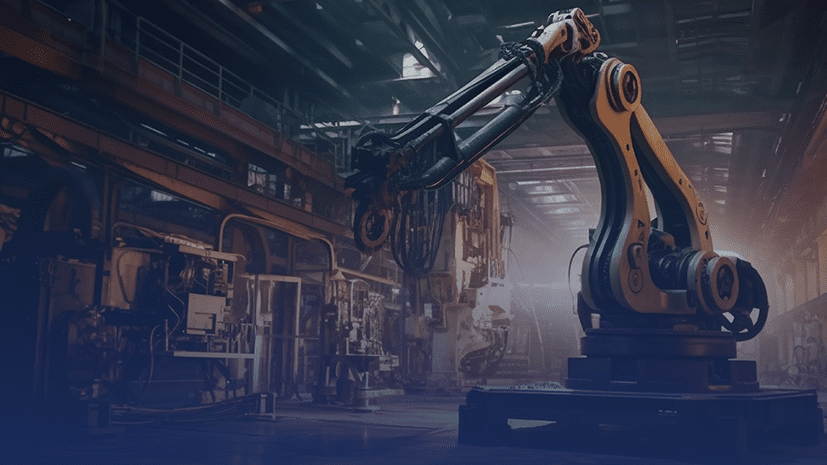The Central Role of the Connected Worker

Traditional work styles are adapting to a new era, paving the way for a more streamlined, practical, and modern experience. Companies are finding that embracing technology isn’t about replacing the old ways, but rather enhancing them. This blend of tradition and innovation is leading to a future of work that’s both optimized and familiar, keeping everyone engaged and productive.
The Workforce Embracing The Change for a Better Future
The need for change is constant, especially in today’s dynamic workplace. Companies and employees alike must stay updated on the latest trends, technologies, and innovations to excel.
Technology as the Ally for Continuous Improvement
Technology is a powerful tool for businesses seeking renewal and adaptation. Its constant evolution offers exciting opportunities to modernize workflows and enhance efficiency. In this ever-changing landscape of innovation and competition, the role of the Connected Worker emerges as a crucial driver of progress.
The Connected Worker: Championing Progress in the Workplace
Connected Workers have the potential to adapt and improve the work environment. They spearhead digital transformation initiatives, fostering a safer and more collaborative atmosphere. Security remains paramount, while seamless collaboration becomes the cornerstone for achieving efficiency and optimal results.
The Benefits of a Connected Workforce
Integrating technology and connectivity into daily routines unlocks a multitude of benefits for Connected Workers. Here are some key advantages:
Data Monitoring and Real-time Access: Connected Workers can leverage real-time data provided by sensors and devices within their work environment, allowing for informed decision-making and problem-solving.
Collaboration through Digital Platforms: Industry 4.0 prioritizes collaborative environments. Connected Workers utilize digital platforms like cloud-based tools, collaborative software, and communication platforms to seamlessly share insights, solve problems, and collaborate on projects.
Human-Machine Interaction: Connected Workers collaborate with cutting-edge machines and robots, fostering a harmonious interaction between humans and intelligent automation.
Conclusion:
The human touch remains irreplaceable. However, technology has become a powerful ally, steadily improving and streamlining the worker’s experience. While there’s always room for advancement, for example, in user interface design and automation, we’re witnessing a promising future of human-machine collaboration. As Industry 4.0 continues to evolve, one thing remains constant: prioritizing worker well-being is essential for a positive and optimized workflow.
Sources: McKinsey & Company, Deloitte Insights, Gartner, Accenture and World Economic Forum.
